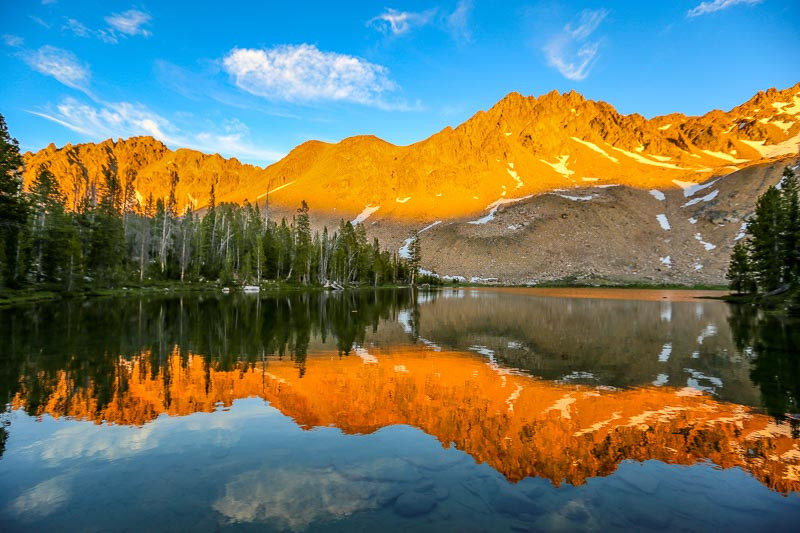Idaho Native Plants
Idaho, with its diverse landscapes ranging from arid plains to mountainous regions, is home to a rich variety of native plants, each adapted to the specific conditions of their habitats.
- In the expansive sagebrush steppe, the hardy Sagebrush (Artemisia tridentata) dominates, along with grasses like Idaho Fescue (Festuca idahoensis). These resilient plants are adapted to withstand arid conditions, providing a vital habitat for wildlife, including the iconic Sage Grouse.
- The state’s mountainous regions are characterized by towering conifers like Ponderosa Pine (Pinus ponderosa) and Western Red Cedar (Thuja plicata). These trees create a canopy for an understory of diverse shrubs, grasses, and wildflowers.
- Idaho’s state flower, the Wild Mock Orange (Philadelphus lewisii), is a fragrant shrub that blooms with clusters of white flowers. It can be found in open woods and hillsides throughout the state.
- Other notable wildflowers include the Indian Paintbrush (Castilleja miniata) with its bright red-orange blooms, and the Camas (Camassia quamash), a blue-flowering plant with a rich cultural history among indigenous peoples who harvested its edible bulbs.
- In the high-alpine regions, the Bitterroot (Lewisia rediviva) thrives. This plant, with its delicate pink flowers and succulent leaves, is resilient enough to withstand the rocky, nutrient-poor soils and harsh weather conditions.
- Lastly, the Silvery Lupine (Lupinus argenteus) adds a touch of blue to Idaho’s landscapes. These plants are not just beautiful; they also enrich the soil by fixing nitrogen.
These native plants not only contribute to Idaho’s biodiversity but also define its unique landscapes, adding color, life, and ecological value to the Gem State.

